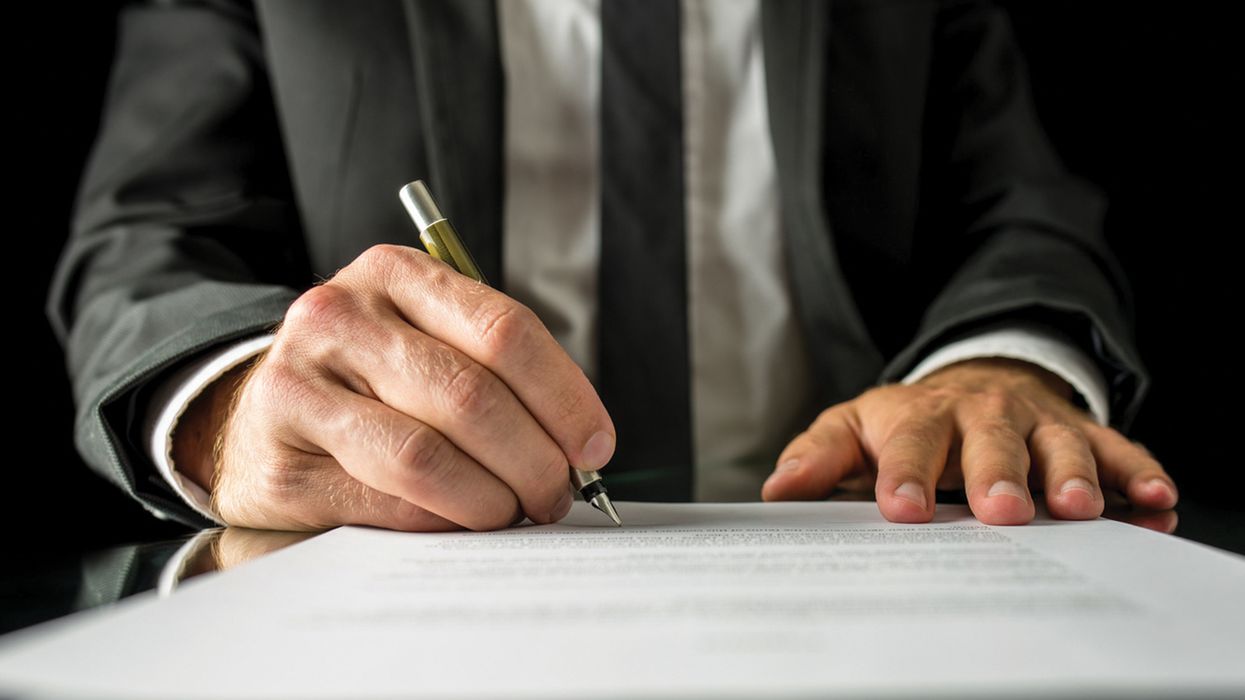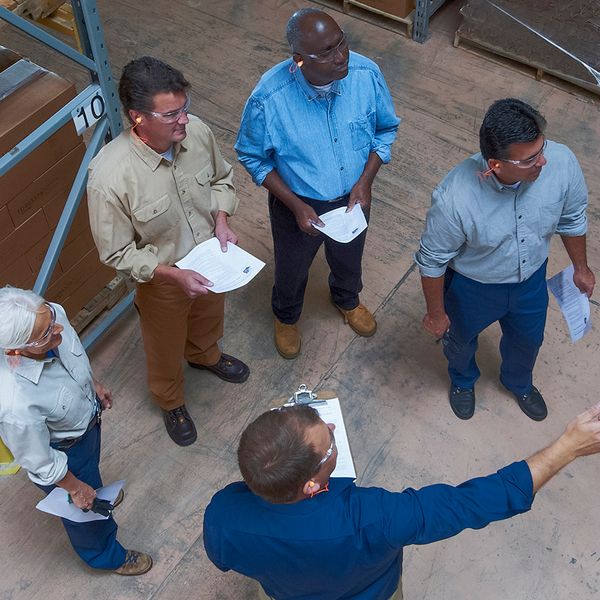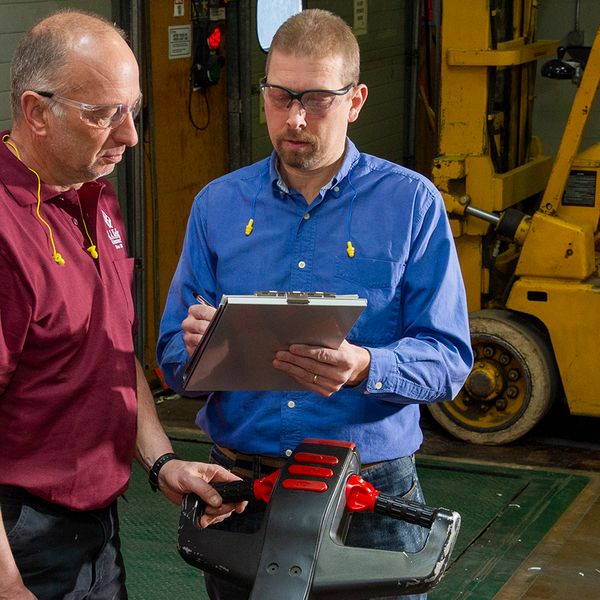Disciplining employees doesn’t make you a safety cop!
Are you concerned about being a safety cop every time you discipline workers for safety violations? You’ve seen it … an employee who, despite repeated reminders, continues to work unsafely. And then there are those first-time “offenders” whose unsafe behaviors you want to nip in the bud. What can — or should — you do so you’re not perceived as a safety cop?
Progressive discipline may be the answer
It may not be the most pleasant task a safety or HR professional will undertake but issuing progressive discipline for unsafe behavior may be necessary if the company does, in fact, have a proper safety system in place. Remember that the counterpart to discipline, “recognition” for safe behavior, is equally important.
A progressive disciplinary system is one of the keys to successfully implementing a safety program. It lets employees know how the employer expects them to operate in relation to the goals of the safety program. And it lays out the actions that will be taken if individuals do not meet expectations.
And, if the proper motive is used (i.e., not as a punishment tool), progressive discipline can be a positive intervention, so you’re not perceived as a safety cop.
Further, if an employer is to prove “unpreventable employee misconduct” — an affirmative defense to an OSHA citation — it must be able to prove, among other things, that it has effectively enforced work rules. This is echoed in the Occupational Safety and Health Review Commission’s (OSHRC) four-part test for the unpreventable employee misconduct defense. (See Secretary of Labor v. Diamond Installations, Inc., 9/27/2006, and Secretary of Labor v. Rawson Contractors, Inc., 4/4/2003.) To establish the defense, the employer must prove that it has:
- Established work rules to prevent the violation,
- Adequately communicated those rules,
- Taken steps to discover the violations, and
- Effectively enforced the rules when violations have been discovered.
Discipline basics
For a discipline system to be effective, it is important to make sure the employer has done its part to ensure safety. In other words, don’t discipline an employee for something beyond his control.
Employees can control:
- Following company safety rules,
- Reporting hazardous conditions and unsafe practices, and
- Promptly reporting injuries.
Employees can’t control:
- Equipment design and quality;
- Workload;
- Training;
- Atmospheric conditions; or
- Coworkers, managers, supervisors.
Appropriate consequences
If you determine that the employer has met its safety obligation and the unsafe behavior was in fact an informed decision on the part of the employee, then discipline is likely appropriate.
In deciding on the consequence for the behavior, you want to ensure it is adequate for the infraction. Generally, consequences should increase with the severity of the injury resulting from the behavior. For example, if the behavior could result in a fatality, that may warrant suspension or termination. On the other hand, a violation that may only lead to a minor injury might only warrant a written warning.
If an employee continues to violate a particular rule or work unsafely, the resulting discipline should be progressively more “harsh.” (See Secretary of Labor v. Holland Roofing of Columbus, Inc., 10/28/2002.)
And remember, discipline is more than just reminding an employee to wear PPE. In addition to the “reminder” and immediate corrective action, a consequence should be enforced. And this should be enforced consistently.
Documentation
A key element of a discipline system is documentation. When it comes to proving that you enforce consequences for violating safety rules, it won’t be easy if you don’t have documentation. Ensure your supervisors are on-board with such documentation (and rule enforcement).
Key to remember
A progressive disciplinary system is one of the keys to successfully implementing a safety program. It can be a positive intervention so you’re not perceived as a safety cop.




















































